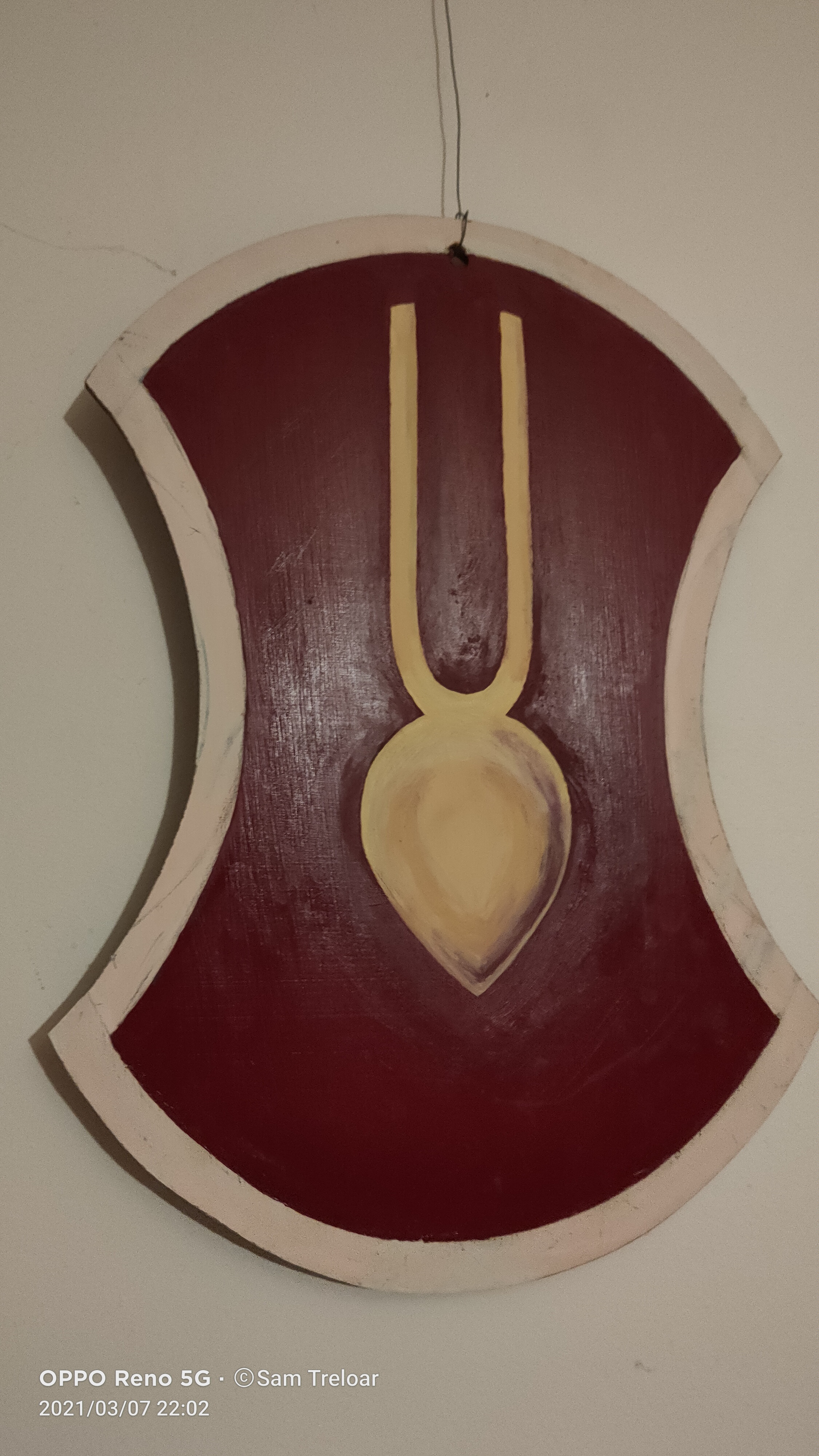

Dear Prabhus,
I am making a tilak placard, like the ones you see in paintings of Their Lordships Śrī Caitanya and Nityananda during sankirtana, and I was wondering if anyone could help me with the meaning and origin of the design, especially the cut-out half circles on the sides of the oval outline.
Many thanks in advance,
Ys Sam
हरिबोल्
ALL ABOUT TILAK HERE
http://www.harekrsna.de/Tilak.htm
Updated 2021-03-07:
Hare Kṛṣṇa Prabhus,
I acquired a jig saw and fashioned the placard to the same design in the older paintings of Their Lords Caitanya and Nityananda sankirtan parties. Have yet to mount it on a staff and parade down the street.
It will happen, eventually, mark my words. Haribol!
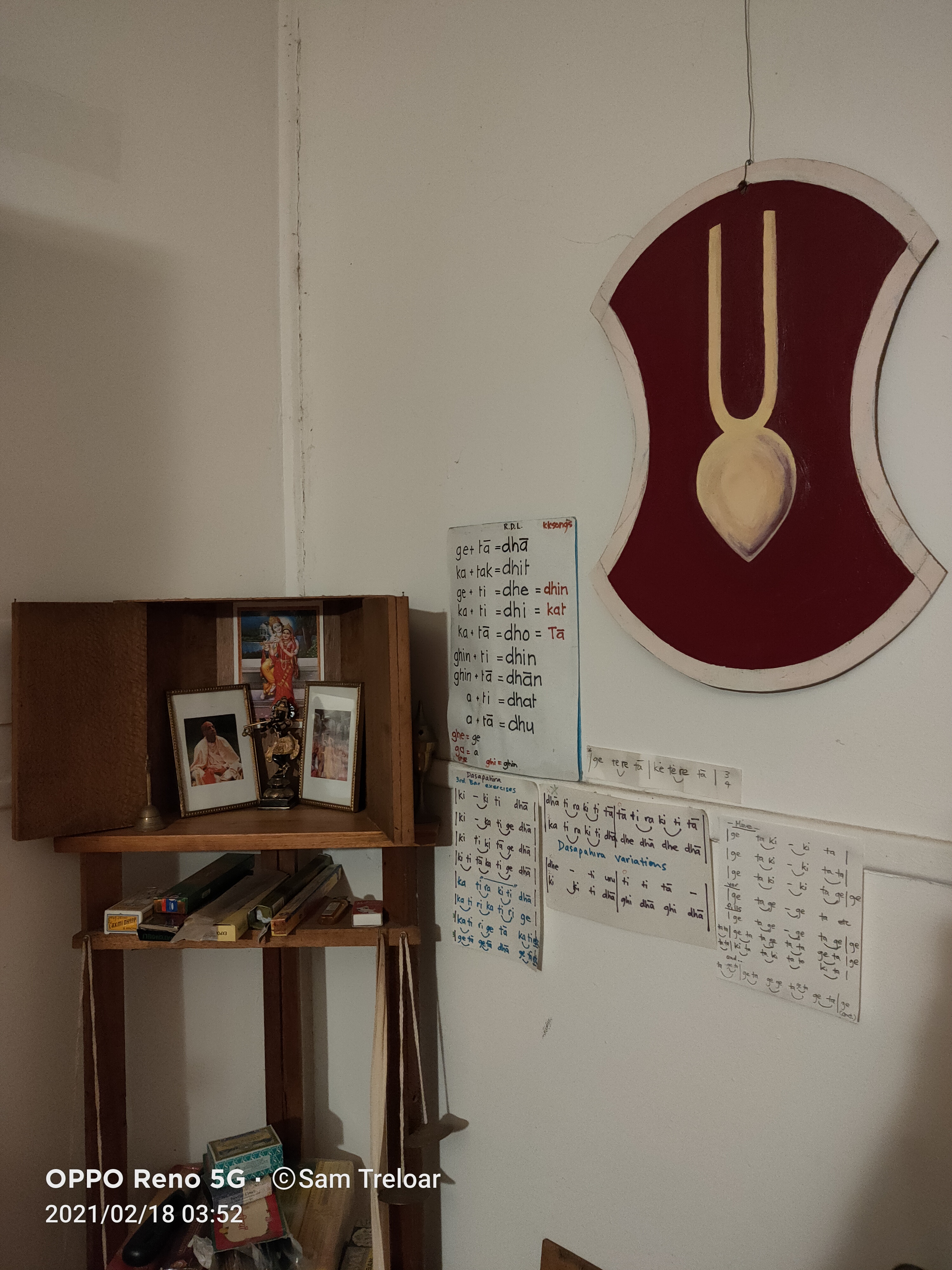
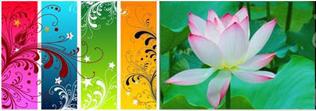

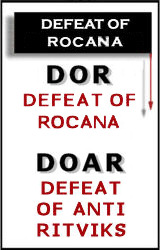
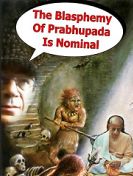
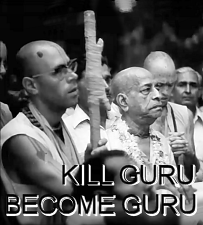
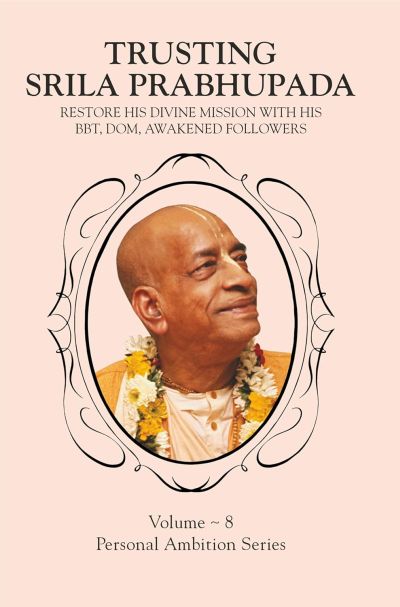
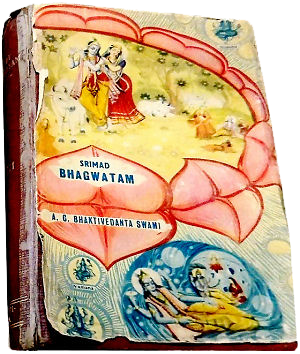
Maybe this one helps: http://www.harekrsna.de/Tilak.htm
Hare Kṛṣṇa,
Thanks Prabhu for the great linked article. Yes, there is a lot of info online about the various tilak shapes but the reason for my query was not about tilak per se but is to try to find out the reason and significance of the design of the placard/sign, in particular the oval shape and why the semicircular cut-outs on either side.
Variations of the symbol can be found on other art besides the post picture and on other sites such as bvml and bvmlu.org. Although stylistically different they all have the same theme of an oval with cut-outs.
Ys Sam
हरे कृष्ण
Sam – here is a website all about Tilak
http://www.harekrsna.de/Tilak.htm
Hope this helps.
Mohini
quoted from http://www.harekrsna.de/Tilak.htm
urdhvapundra (Vaisnava) symbolism:
1. U = foot of Visnu and Tulasi leaf on His foot, in “U” place between leave empty (it is meant for Visnu) 2. two lines = Brahma and Siva
Note: Our udra pundra, Visnu temple, udra pundra means Visnu temple, so we are distinguished from the mayavadis who use the three parallel lines, tripundra.
++++++++++++++++++++++++++++++++++++
Regarding your question: “about the six-armed Lord Caitanya you gave me (Krishna, Lord Caitanya, and Lord Rama combined.) Why is Lord Caitanya carrying a forked stick? What do the Saivite-like tilakas on His arms signify? And to whom was this form revealed?” The forked stick is a symbol of ekadandi. The Mayavadi sannyasis, they carry ekadanda, one stick. As we Vaisnava sannyasis carry 3 danda, or three sticks, combined together. The one stick is the symbol of understanding oneness. The monists only accept chin matra, there is only one spirit soul; they do not understand the varieties of the spiritual world. And so far our three sticks are concerned, we take it for granted that we have dedicated our life, for Krishna’s service in 3 ways, namely, in our body, in our mind, and in our words. Srila Bhaktivinode Thakura has sung in a poetry that my mind, my body, and my home is surrendered unto You. So a Grhastha or householder like you, you are also tridandi. Because you have sacrificed everything, your life, your home, and your child, so you are a tridandi sannyasi, in fact. So continue this attitude seriously and sincerely, so you will be also as good as a sannyasi even though you are in the dress of a Grhastha. The Saivite tilaka is three pundra, 3 lines, on the forehead, in 3 parallel lines. Our tilak udra pundra, they are distinctive marks of different sections. There are two sections of the Vedic followers. Namely, the impersonalists and personalists. So the tilak distinguishes one from the impersonalists. Our udra pundra, Visnu temple, udra pundra means Visnu temple, so we are distinguished from the mayavadis who use the three parallel lines, tripundra.
Regarding my going to Buffalo: It may be postponed for the time being. You will be glad to know that I am proceeding to New York tomorrow evening, at 4:30, and reaching there at 5:50. I wish to remain at least for a week in New York, and then start for San Francisco. Hope this meets you in good health,
Your ever well-wisher,
A.C. Bhaktivedanta Swami
Link to this page: https://prabhupadabooks.com/letters/montreal/august/30/1968/rupanuga
Please accept my humble obeisances. All glories to Śrīla Prabhupāda.
At the risk of seeming ungrateful and rude, I must express my _ _ _ _ _ (insert word/s here) I see you have hijacked my post to deliver an unrelated discourse on Māyāvādī tilak designs.
We all know that stuff. Thanks just the same?
Has anybody got any new information about the geometry of the pancha-tattva sankirtan placard?
Best wishes
Ys Bhakta Sam भक्त सम्
हरे कृष्ण
Ps. the Sampradaya Sun uses a variant of the logo design as well
Namaste, Hare Kṛṣṇa
I would like to thank everyone for their input. I do appreciate everybody’s efforts. At the conscious risk of appearing tedious I would like to iterate that the design of the tilak is not in question here – it is the design of the placard in the Pancha-tattva paintings that I am pondering over.
Because no-one has been able to provide a direct answer to my query it may be that there is no specific information regarding the significance of the semicircular cut-outs in the sides of the placards, nor the oval outline. Accepting that as the case may be I will still include the design in the placard I am fashioning as I see no reason to break with tradition even in the absence of a suitable explanation for the design. Certainly if I can’t understand some element of Vaishnavism I put it down to my lack of comprehension rather than try to find fault.
Nevertheless, perhaps the placard design could be the result of some sort of artistic licence on behalf of the painter/s? I don’t know and it seems neither does anyone else. So be it.
Still curious though! Especially seeing as the logo appears in numerous places and websites, which, to me, points to a definite meaning.
Ys Sam.. not the artist formerly known as…
Ps one thing I have discovered though is that the colour of the main body of the placard as depicted in the well-known painting is Deep Cadmium Red straight out of the tube. One of the virtues of oil paints is that colours that are mineral salts are exactly the same regardless of brand, country of origin, or indeed century of manufacture. Whenever one puts brush to canvas one is using the same medium as Rembrandt, Monet, Van Gogh etc nevermind how you regard them.